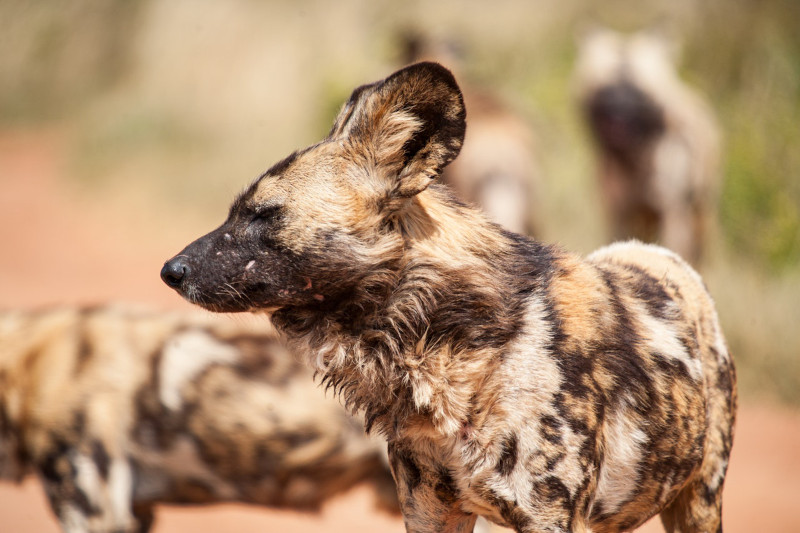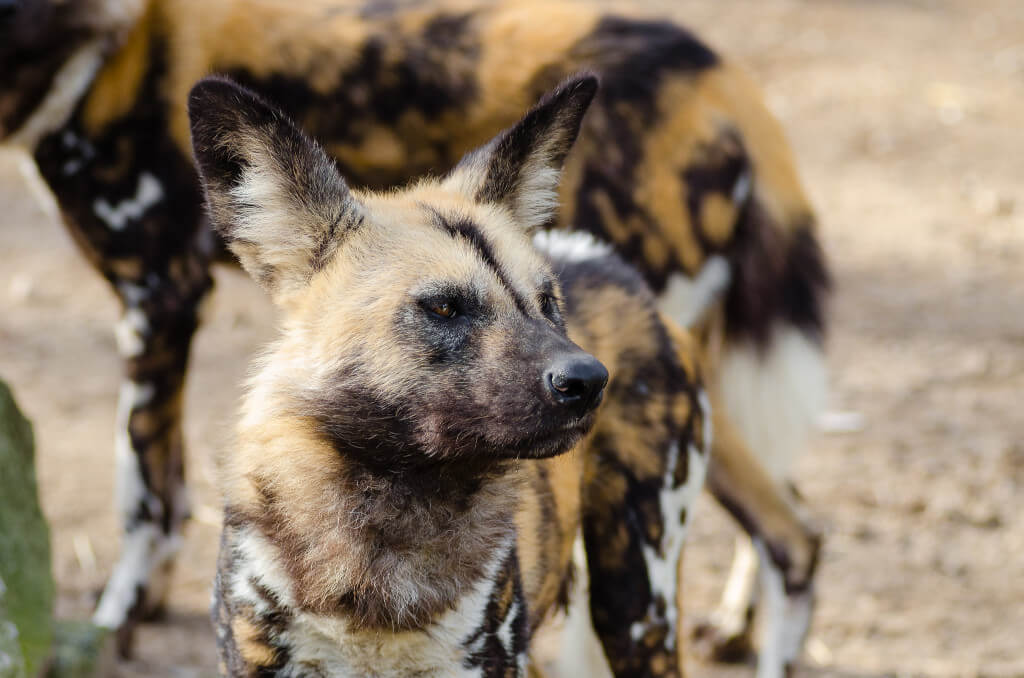There are many ways in which animals are reacting and adjusting to the effects of climate change. Some of the adjustments are more noticeable than others. As a result of climate change, spring is starting earlier and earlier on the calendar in some parts of the northern hemisphere, which means that plant species, for example, are blooming earlier and earlier with each passing year.
The African wild dog is a good example of how some adaptations are more subtle than others, as was discovered when studying this animal.
The African wild dog is a large carnivore that is threatened with extinction. There are fewer than 700 packs (fewer than 7000 individuals) of African wild dogs left in the world, and they are spread out across the African continent in isolated subgroups. During the winter months of each year, they will typically care for their young. However, the results of our most recent research indicate that they are able to adjust to the rising temperatures by delaying the timing of their births each year in response to the shorter cool periods.
Following the lives of sixty packs of African wild dogs in Botswana’s Okavango delta – the largest surviving subpopulation of the species – allowed us to discover that the average birthing date now takes place more than 3 weeks later than what it did 30 years ago. This shift in birthing date represents a significant shift from the historical norm. This shift nearly perfectly paralleled an increase in the average daily temperature of 1.6 degrees Celsius that occurred during the same period.
Our discovery that the number of wild dogs is increasing at the same rate as the temperature increases suggest that there is no reason to be concerned at first glance. Puppies that are born in the months when it is cooler have a better chance of surviving; therefore, isn’t this just an efficient strategy to deal with the changing climate? Sadly, this is not the case.

The cumulative effect of monitoring these temperature changes is that wild dogs are already unknowingly rearing their pups in hotter temperatures than they once did. This is due to the fact that the cooler period of the year is also getting shorter.
This is an issue because we’ve shown in previous research that higher temperatures immediately after birth have a negative impact on the percentage of pups that survive in Kenya, and the results of our most recent study show the same thing to be true in Botswana.
It is necessary for the pack to travel extensive distances between their feeding grounds and the den during the three months of the year when the young animals are required to remain in the protection of the den. It’s possible that the travel expenses associated with these daily meat parcels are to blame for the lower survival rate of pups during the warmer months of the year.
It’s also possible that the dogs’ performance suffers when the temperatures are particularly high. Additionally, higher temperatures are associated with a reduced likelihood of adult survival. This could be due to a number of factors, one of which is the increased amount of energy required to hunt in high temperatures.
When it comes to the survival of a species like the African wild dog, the number of individuals in the population is the single most important factor. Indeed, the survival and success of the group is directly correlated to the size of their packs. When fewer pups make it through their first year, there are fewer prospective helpers to forage for food, which leads to even fewer pups the following year, which leads to even fewer helpers, and so on and so forth. You get the picture.
It is Not Possible to Move on at This Time
Moving to environments that are better suited to one’s needs is unfortunately not an option. The home ranges of individual packs of African wild dogs can range from several hundred to over a thousand square kilometers in size. These dogs are notorious for their expansive home ranges. Due to the fact that they are confined to only 7% of their former range, there is not a large amount of space, and individuals are naturally hesitant to share any more land with predators that endanger their livestock.
In point of fact, people take revenge for livestock losses by shooting and poisoning wild dogs, and the fact that domestic dogs expose them to diseases further contributes to their dwindling population.
Why is This So Important?
The wild dogs of Africa are caught in some kind of a trap. They are adjusting their behavior in response to the rising temperatures by using a cue that, as a result of climate change, can no longer effectively forecast the conditions under which reproduction will be most successful.
African wild dogs are, to the best of our knowledge, the only large mammalian carnivore where a shift in behavior has been documented. This is despite the fact that they are certainly not the only species to exhibit a behavior shift that is driven by climate change. Long-term data on the majority of large carnivores either do not exist or have not been evaluated because it is difficult and expensive to monitor huge carnivore populations over the course of several decades.
However, each time we investigate whether or not the temperature has an effect on African wild dogs, we find something novel and unanticipated. There is a good chance that the effects of climate change on the behavior, populations, and life histories of large carnivores are more widespread than was previously believed. Since large carnivores play a significant part in the process of shaping ecosystems, the effects of such changes have far-reaching repercussions. The consequences of climate change on this already threatened species, as well as others that are similar to it, are a source of great concern because it is projected that temperatures will continue to rise across their range.



